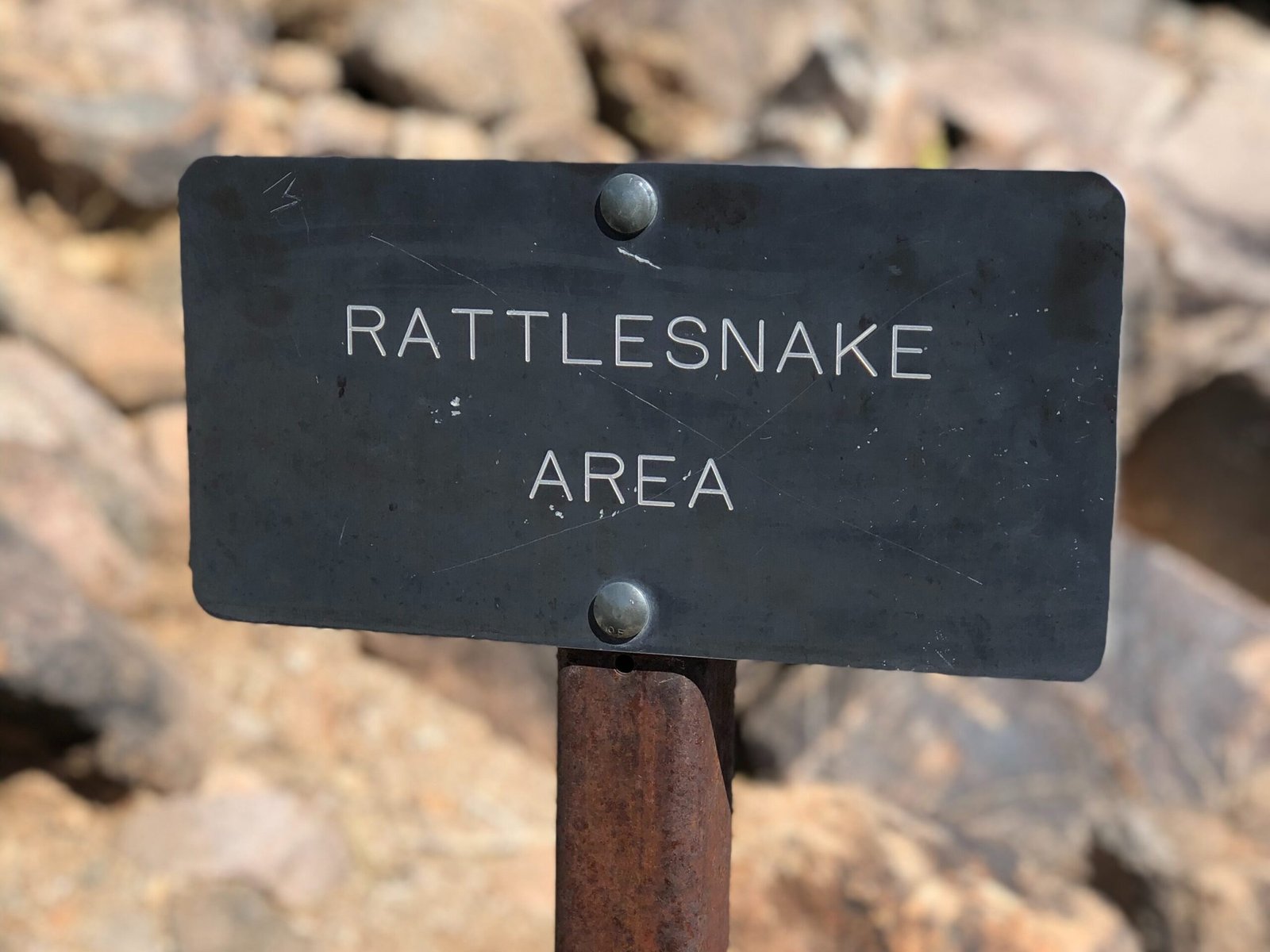
As the temperature increases, so does the likelihood of spotting snakes. According to the California Department of Fish and Wildlife, California is home to several varieties of rattlesnakes, which are venomous and can bite when threatened. However, snakes are also a vital part of the ecosystem, helping to manage rodent and insect populations, and rattlesnakes are generally not aggressive. People are encouraged to take precautions to avoid interacting with rattlesnakes, and give them plenty of space when spotted, to keep both you and the snake safe.
Rattlesnakes bite as a last line of defense, and often give an audio warning first – the rattling sound that gives them their name. Sometimes, they stay silent and still when they feel threatened, letting their color and pattern camouflage them in their surroundings to stay safe. Most bites happen between the months of April and October when both snakes and humans are most active outdoors. The majority of bites are a result of rattlesnakes being mishandled or brushed against when someone is walking or climbing. However, if given room, they will usually retreat.

What should you do to stay safe?
- When hiking, stick to well-used trails, wear ankle high boots and loose-fitting long pants, and check around the area before sitting. Do not step or put your hands where you can’t see, and avoid dense brush, long, tall grasses, and thickets. Step ON obstacles like logs and rocks, rather than over them, as snakes may be hiding inside or underneath. Carefully check the area before sitting, climbing rocks, and gathering firewood. Always hike with a buddy in case of emergency.
- When outdoors, be careful when stepping over doorsteps, as snakes like to crawl along the edges of buildings for protection on their sides. When swimming, never grab “sticks” or “branches” as it could be a snake.
- To deter rattlesnakes around your home, the best option is a rattlesnake proof fence. However, they can be expensive and require maintenance. Another option is to keep vegetation away from fences, as snakes can use them to climb. Remove piles of boards and rocks from around your home, which could attract rodents, which snakes eat.
- If you see a snake, give it plenty of space! Even if you are unsure if the snake is a harmless variety or a rattlesnake, the best practice is to leave it alone and give it a wide berth. Do not try to touch or handle the snake. Do not try to “test” or provoke the snake, as they can strike from several feet away, and bites are more likely when a snake is provoked or feels threatened. Baby rattlesnakes are still venomous and can bite. Do not handle fresh killed snakes, as they can still bite.
- If you are bitten, get to a hospital as soon as possible to be assessed for antivenom treatment. Most common or anecdotal treatments, like cutting an incision and sucking out the venom, are ineffective and could cause more damage. Do not try to kill or trap the snake for identification purposes; though California is home to several varieties of rattlesnake, the same antivenom works for all of them.
To learn more, CaliforniaHerps.com offers a wealth of information about all kinds of California amphibians and reptiles, including rattlesnakes, including photos and identification, habitat information, safety tips, and links to additional resources.


